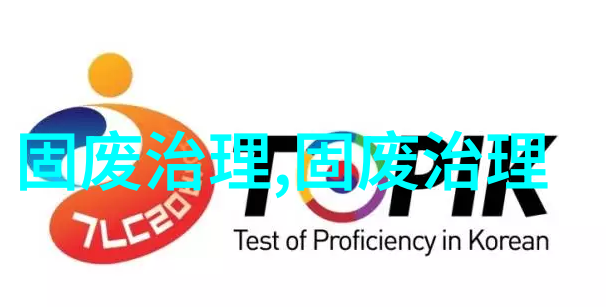生活污水处理系统的设计原则与实践
一、引言

生活污水是城市化进程中不可避免的一部分,它们含有各种有害物质,对环境和人体健康构成潜在威胁。因此,有效地处理这些污水成为现代社会的一个重要课题。本文旨在探讨生活污水处理系统的设计原理,并分析其与工业废水处理相结合的可能性。
二、生活污水特性及其对处理系统的影响

1.2.1 生活污水组成分析
生活污水主要由厕所排泄物、洗涤液、饮用水等产生,其化学及生物学特性复杂多变。例如,食物残渣会增加BOD(生物消耗量)和COD(化学消耗量)的水平,而肥皂和洗发剂会导致高SS(悬浮固体)和TKN(总氮)的含量。

1.2.2 对流域生态影响的考虑
不当管理或未经适当净化之前排放到环境中的生活污水,可导致河流受损,破坏鱼类栖息地,以及对下游使用者造成健康风险。此外,在干旱地区,它可能进一步加剧土壤干涸问题。

三、生活污水处理系统设计原则
3.1 复合式技术应用

为了应对不同类型和强度的有害物质,不同国家或地区通常采用不同的技术方案,如单一工艺、一级、二级、三级甚至四级工艺组合。在此背景下,选择最适宜的地理位置进行建设并实施最佳可行技术变得尤为重要。
3.2 优化空间利用策略
随着城市不断扩张,土地成本上升,对于任何新的项目来说,都必须严格评估是否值得投资。因此,我们需要寻找既能满足功能需求,又能充分利用现有资源以减少成本的手段,比如利用地下空间来减轻地面上的建筑负担,从而降低整体建设费用。
4 工业废water and Life Water Handling: A Comparative Analysis
4.1 Shared Challenges and Solutions
Industrial wastewater and life water both pose challenges to the environment, but they have different characteristics that require unique solutions.
4.2 Synergistic Effects of Combining Technologies
Combining technologies from industrial wastewater treatment with those used for life water can lead to more efficient and effective treatments.
5 Implementation Strategies for Effective Treatment Systems
5.1 Risk Assessment & Management
Before designing a treatment system, it is crucial to conduct thorough risk assessments on potential hazards posed by pollutants in the effluent.
5.2 System Design & Operation Parameters Optimization
Optimization of design parameters such as flow rates, detention times, etc., can significantly improve treatment efficiency while minimizing costs.
6 Case Studies & Future Directions in Life Water Treatment Technology Development
6 Case studies will be presented highlighting successful implementations of advanced life water treatment technologies around the world; these examples will inform future directions for research into new methods that may further enhance our ability to handle this critical resource effectively.
7 Conclusion:
The importance of an integrated approach towards managing both industrial waste water and domestic waste cannot be overstated given their impact on public health and environmental sustainability goals worldwide; understanding how best practices are applied across industries would help ensure optimal outcomes when implementing new systems or upgrading existing ones based on available resources at hand (financially or otherwise).